Battlefront’s Great, Great War Spoiled
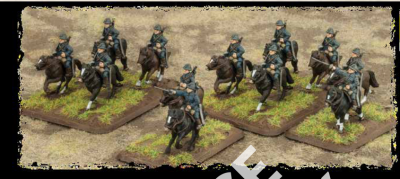 Coming up in March Battlefront will release the v4 update to the . Great War, of course, refers to WWI. For those living through the times, they knew it as the Great War.
Coming up in March Battlefront will release the v4 update to the . Great War, of course, refers to WWI. For those living through the times, they knew it as the Great War.
I’m excited to share with you some of the details about this new book and Battlefront’s plans. The update is absolutely huge, in size and treatment. It features new army lists, new figures, new units types for existing armies, new army boxes, a v4 update to the rules and a whole lot more. It adds up to a wonderful well crafted set of rules that offer a very fun time.
Why game the Great War era?
What makes gaming this period in time particular fun or challenging? If you think of terms of the mud, the trenches, barb wire as you might think the games would be fairly similar and boring infantry slogs. Battles during the Great War were not just all in the trenches, even in 1918. It’s a myth to dispel.
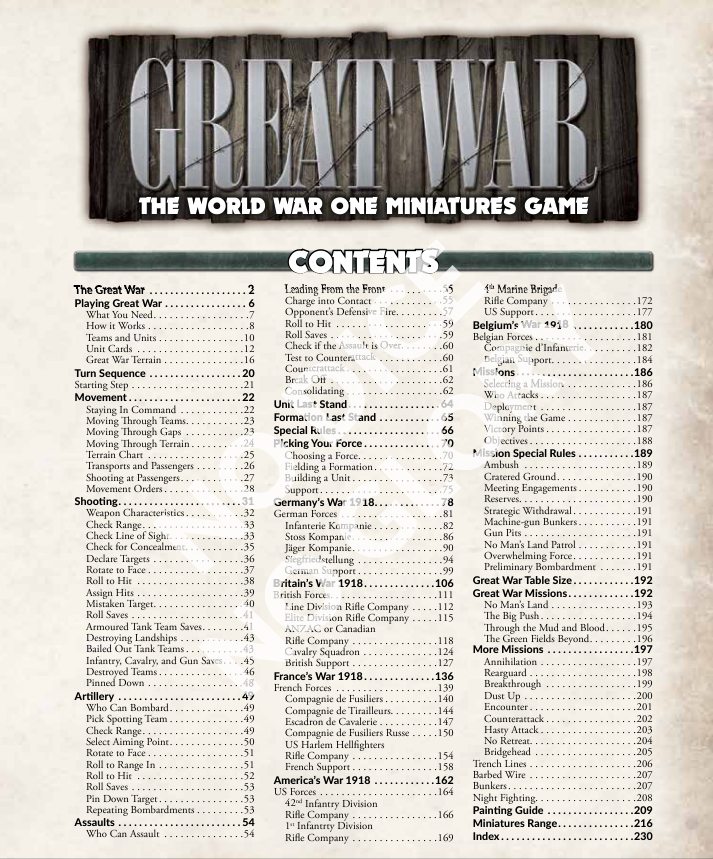
Battlefront, in particular, is quite wise to have picked 1918 as the central focus of their Great War book since this gives you the last offensives by both sides as they try to push for the end of the war. The time featured not only static trench battles but also very fluid situations that were across the country away from the trench lines. It saw the introduction of the tank as the tactics for the new device was still being worked out.
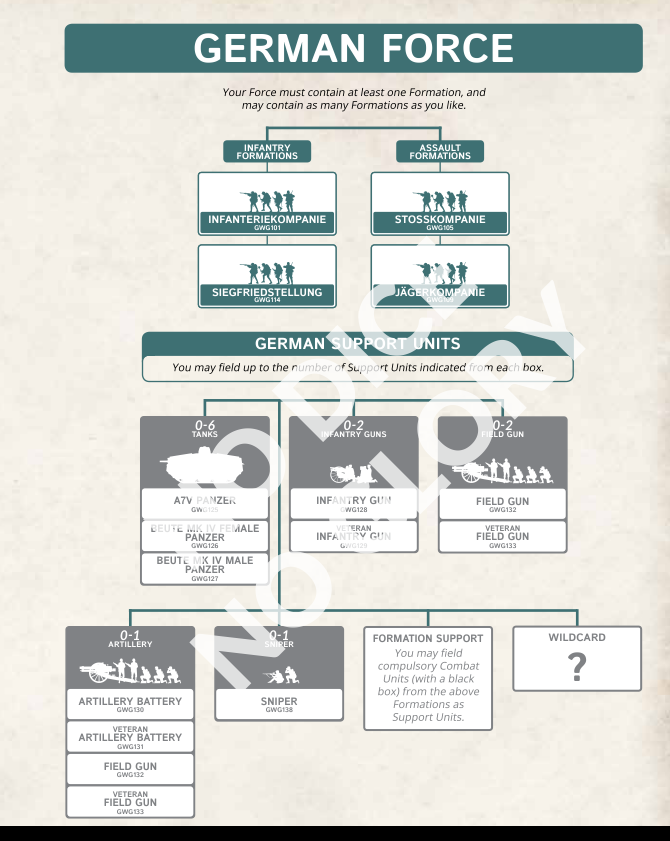
I would assert what makes the most fun is being presented with the same historical challenges as those that were actually there and seeing how well you can do as you match wits against a fellow player who is trying to do exactly the same as you. Assuming the command of your force and using the period tools and tactics to take or defend the ground is thrilling and very rewarding when you take and hold your first objective and gain victory.
All in all, the era has its own feel that is well represented by what Battlefront has created in this book.
If you’re new to Flames of War
Flames of War is a you go, I go game system. At a minimum, you need two players and it can scale up such that you have several players on a side, though, a typical game is two players. A game generally lasts about 2-3 hours to get to a result. For Great War, you’ll need either a 4’x4′ or 4’x6′ space.
As a player, you field an army that follows available lists from the German, British, French, American or Belgian nations. Within your list, you’ll have at least one formation which roughly equates to a company plus its special support attachments. A formation is made up of units that are paid for with a certain point cost.
When you play a game, you’ll agree ahead of time how many points you’ll play. You have to stay within that budget and this will cause you to make sometimes tough choices. Want those trench mortars or a machine gun platoon? Only if the points limit will allow both. The great thing about a point-costed system is that both you and your opponent can come to the table with your army and if they are the same amount of points have a fun balanced game.
In the world of organized play for Flames of War, there are tournaments where you’ll typically play three rounds. The tournament organizer will set a point value limit for forces. Not everyone goes to tournaments it’s just a fun activity and just one of many ways to enjoy the game. I’ll note that for Great War I’ve never seen a tournament held. I did approach the US National WWI museum about hosting one, but for various reasons, it didn’t happen. The reality is you’ll probably play in the comforts of your game room or your friendly neighborhood game store.
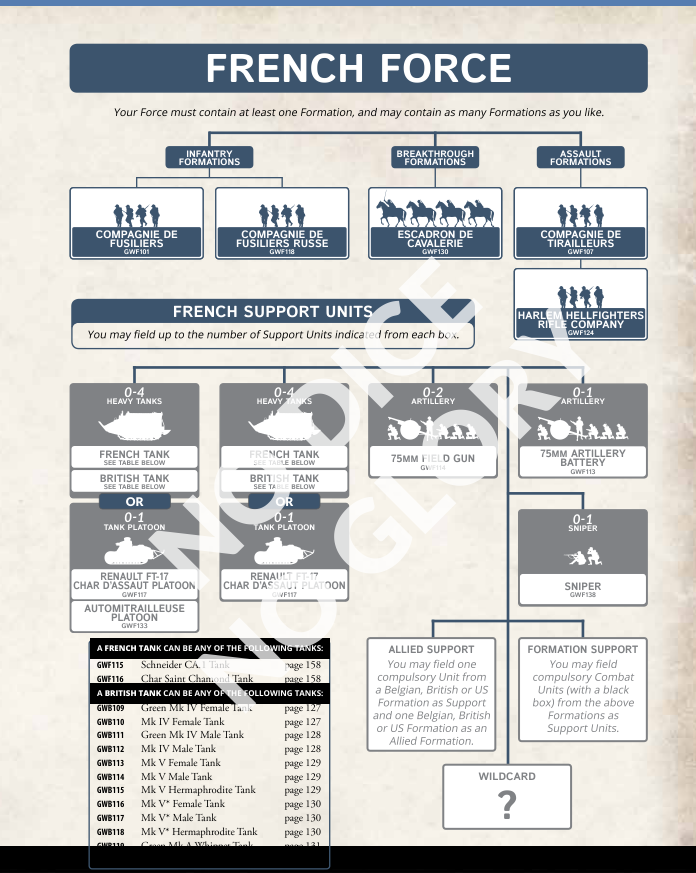
To get started with an army Battlefront makes what are called army boxes. These boxes have a great starting set of figures that are not only a great deal but get you going. It’ll get you enough to get started playing and from your first experiences on the table, you’ll better understand what additional units you might want to pick up.
Let’s talk about the game itself. A turn has a starting step when issues such as morale and reinforcements are taken care of. This is followed by movement, where you move all of your units that you wish to move. Next is the shooting step, where you fire all of your units that you want to fire. Last is the assault step where you move into assault and conduct the melee. Then the turn flips and it is now your opponent’s turn to perform all of those steps. Once they are done, then you have completed one turn.
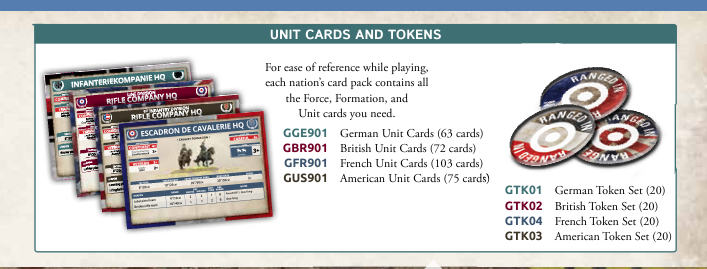
While one side is the active player the other player isn’t completely dormant. They’ll have various activities they’ll have to perform. Don’t be misled by a you go, I go description.
Great War introduces a system of unit cards that have all of the information you need to know about a unit. The cards are roughly the size of an index card. No flipping through a book to find some stat. This is especially useful to new players of Flames of War. It also makes building a force a snap. You’ll find a wide collection of units, from infantry, specialized units like stoss troops, machine guns, tanks, flamethrowers, snipers, mortars, it’s all there.

When you play a game of Flames of War, the very back of the book has a complete set of missions. This makes every game of Great War uniquely fun and challenging. Both you and your opponent often are having to either take or defend an object to decide who wins the game. Mix in terrain, wire, minefields, and each game is a different experience.
To get an idea of what a game looks like here is a past video . In this older video, they are using the v3 rules, true, but you’ll get a good sense of what a miniature war-game like Flames of War Great War is like. It is fun.
If you’ve played Flames before
This new book is 238 pages in length. Great War has clearly grown up to sit next to Nam, Team Yankee, and Fate of a Nation as a full-fledged era within the Flames of War universe. Like the new books for the other eras, Great War starts off with a whole and a complete set of rules specifically fitted to the Great War era. While there are numerous mechanics that are the same no matter what era you play in for Flames of War, it’s the differences that help give flavor to the game. Let’s go through some of the changes.

Numerous pieces of the FAQ for v4 have been directly included in this new book. This results in a clearer and cleaner explanation of the rules.
Movement falls into line with the v4 standard. Infantry march along at an 8″ tactical. All units gain a tactical, terrain dash, and cross country dash. Tanks certainly don’t motor along that fast, but neither should they since a walking soldier could often walk faster than a tank of this era. The introduction of tactic mechanics that brings not only the dash moves but also shoot and scoot, follow me, cross here, and so on are a welcome addition.

I was especially keen to see what Battlefront would do with shooting. Would trench mortars go to indirect only or would they keep the more v3 style of direct fire?
The new rules kept to the v3 style of direct fire. This was an excellent design choice as it means dedicated artillery units must conduct full bombardments in order to rain down shell within a template area size, while individual mortars at the front target individual teams thus in keeping with their more localized effect. This fits in very well with the tactics of the time. The doctrine was to perform artillery bombardments before having the men go over the top. No one would want to advance into an artillery bombardment.
Assigning hits, mistaken targets, and so on, all familiar mechanics to the v4 player are now brought to Great War.
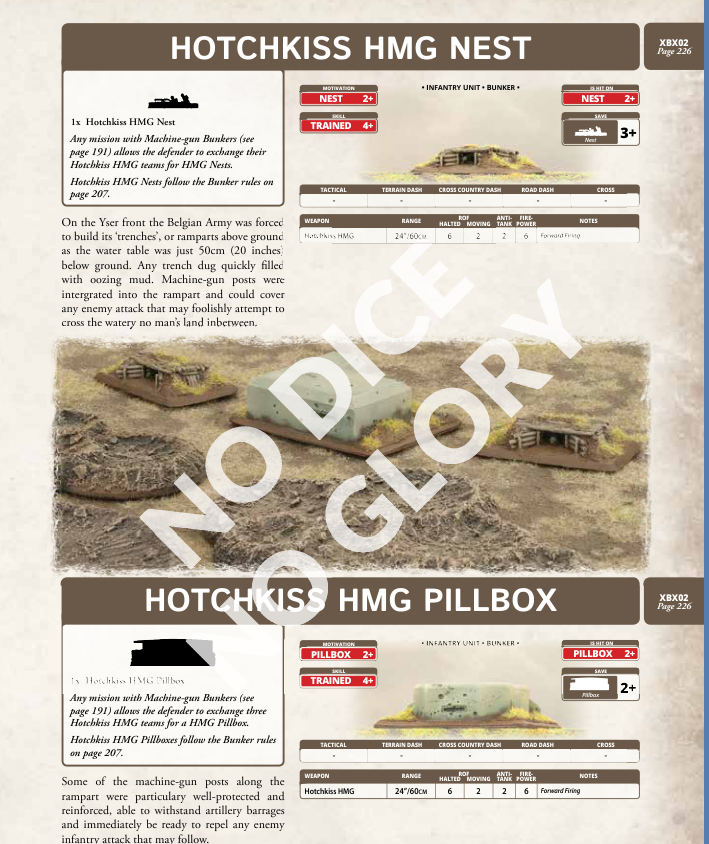
The larger tanks continue to have the concept of “landship.” For this class of tank, they do not bail out but instead gain a damage counter. With a single damage token, the “landship” can still shoot and fire in an assault. Additionally, a “landship” when it fails a cross-check becomes damaged.
This fits mechanically because in this era tanks were still fragile, and in-field repair was often attempted. When a “landship” takes a second damage counter, it is no longer able to shoot or fight in an assault. It’s just sitting there. “Landships” also have the ability that when they are hit, fail their armor save and then fail a firepower test, a second firepower test is now given. If the test succeeds the vehicle is destroyed outright, otherwise, it gains a damage marker. During the starting step, your tank rolls against its skill to see if it can remove a damage marker.
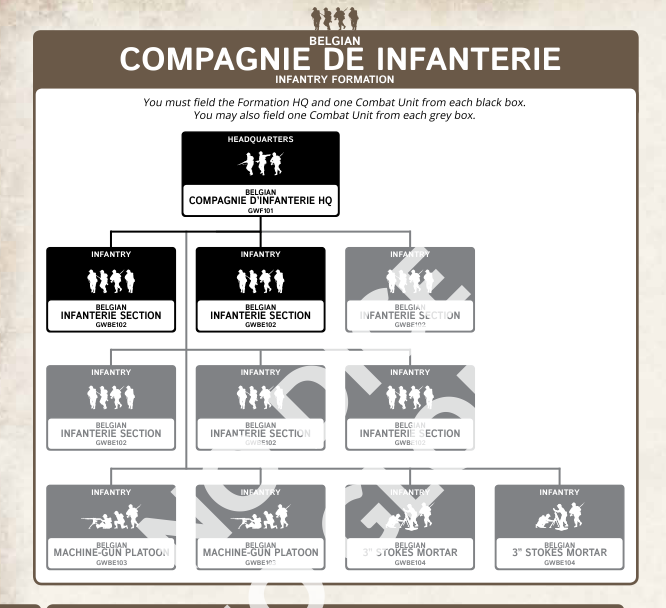
Artillery likewise gains v4 characteristics. This includes repeat bombardments which cause the defender to confirm saves. Enemy infantry will melt away faster than compared to v3 due to this unless somehow the bombardment can be disrupted. Taking out enemy artillery then, just as in the game was a priority. Men did not want to just sit in the trenches during a dedicated bombardment and would often seek cover in deeper cover that was impervious to artillery.
Some machine guns continue to have the ability to conduct an artillery bombardment. This represents pinning fire where machine guns were keeping up a high rate of fire across an area to pin the enemy.
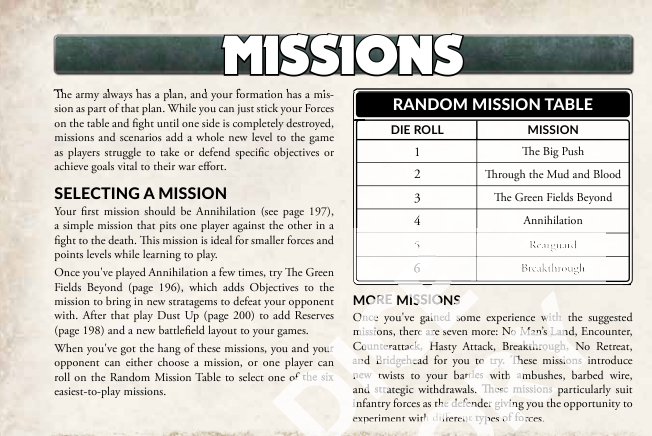
Assaults are much the same as tho with a few notable exceptions. A unit must be able to charge into direct contact to be able to participate in an assault or it must be able to touch a unit which is directly contacting an enemy unit in order to participate. Infantry charges 4-inches, but cavalry are able to charge 6-inches to get into contact.
We’ll cover the various army lists in other articles. For the rules, the lists have evolved to the v4 style where core units and the units in the formation all count towards the calculation if the formation is in good spirits or not. Likewise the moral of an individual unit is new, so three infantry stands is needed for a platoon to be in good spirits, two tank teams, two gun teams or three cavalry teams.
Battlefront’s History with Great War
Battlefront released their first set of rules for Great War as part of a War Games Illustrated issue in 2014. The small booklet built on top of Flames of War v3 and included just the British and Germans. An expanded book was released a short time later that continued to be built and expand on top of the v3 but was more in alignment with other sourcebooks. The supplement was accompanied by a good range of miniatures, terrain that included trenches, shattered woods, mud, and craters. It was mighty fun to play. Here’s a .
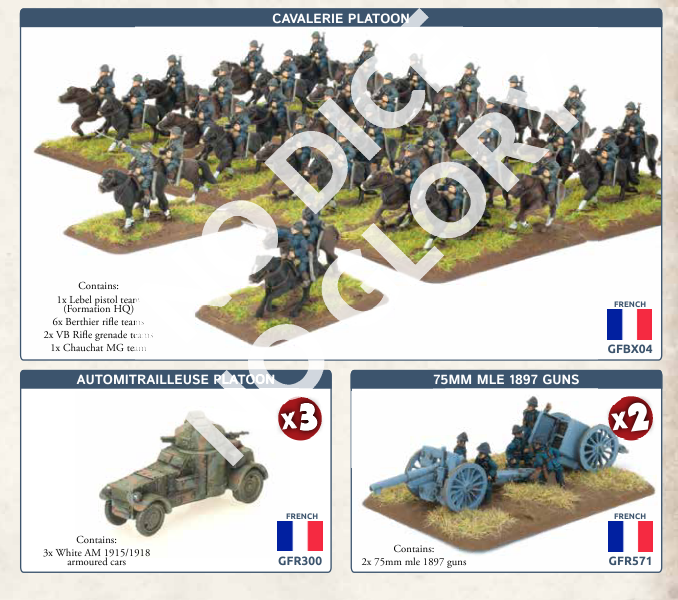
The book was updated once more adding the French and Americans to mix.
Jökull Gislason also authored a campaign entitled set in April of 1918. Historically this was the first time British and German tanks were to face either other. Having played the campaign a couple of times, I give it a strong recommendation.
With each new release for Great War, Battlefront has upped their commitment to the game. It’s been great to see.
The Lists

NDNG was able to tease the new units in the game a few months ago in an article you can find Over the next few weeks, we will be going into detail with what is in each of the lists and tell you all about the new units
Learning more
recent run through the theaters is yet another in a series of remembrances as the 100 year anniversaries has passed by starting in 2014.
Books about
Tommy by Richard Holmes
by Gordon Corrigan
facebook group.
There are of course a number of museums around the world that have a WWI collection. If you’re in the US, the is one of the best. In France, is wonderful. In Belgium, the has a great collection.
Coming up!
Here at No Dice No Glory, we’ll be having a series of articles looking at the new army lists, the new units as well as some special material for Great War. Stay tuned!
Mademoiselle from Armentieres, Parlez-vous,
Mademoiselle from Armentieres, Parlez-vous,
Just blow your nose and dry your tears
We’ll all be back in a few short years

Love the article! thanks. I’m gonna be BEEFING up my BEF with armored cars and cavalry for sure. I’m wondering how the Stoss are gonna get into assault if the cavalry jams them up in no man’s land before they can do their damage in trenches.